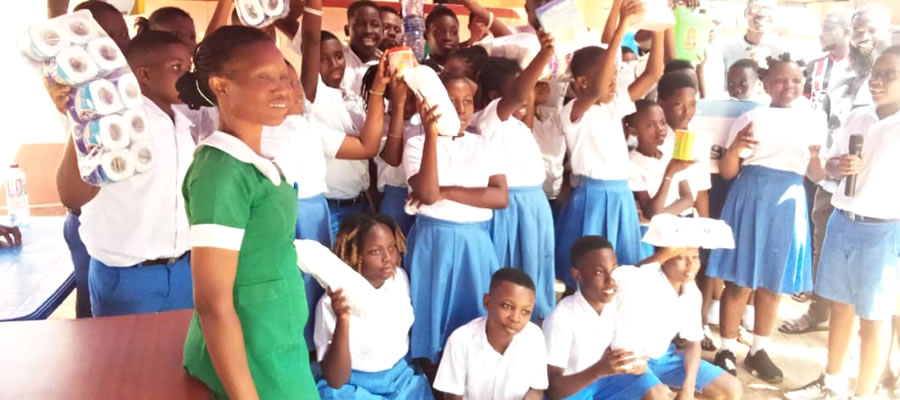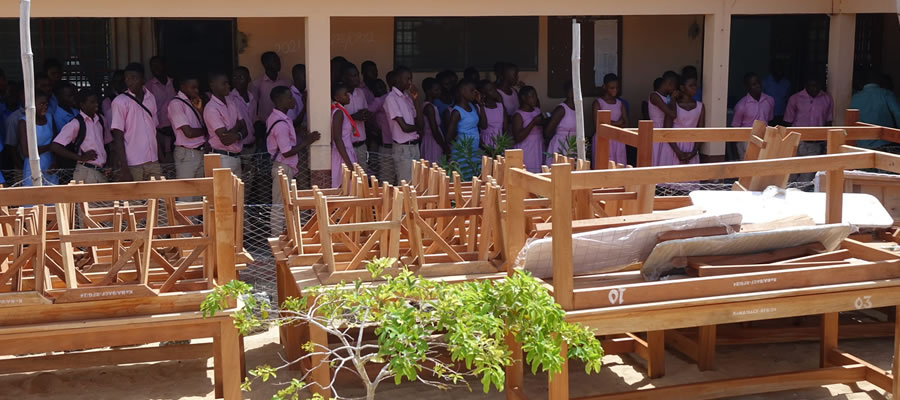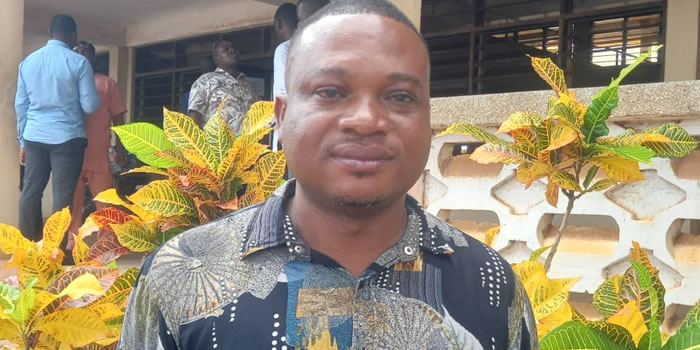

Location and Size
Ketu South Municipal established by Legislative Instrument (LI) 1469 of 1989, is one of the 12 districts in the Volta Region. It spreads over a land area of I.130sq km in the South/Eastern part of the Region. The Municipality, which has its capital at Denu, is bordered to the North by the Akatsi District, to the South by the Gulf of Guinea. East by the Republic of Togo, and to the West by the Keta Municipal. By its strategic location, a common border with the republic of logo, the Municipality serves as the Eastern Gale-way to Ghana where continuous cross-border trading activities occurs.
Relief and Drainage
Ketu South Municipal is relatively low with altitudes from less than 15 metres at the coast and increasing to 66 metres inland. The coastline is fairly smooth and marked by sandbars. The plain nature of the terrain makes movement within the municipality easy. The Drainage of the district is towards the South and is dominated by several seasonal streams that How in wide valleys between Ohawu and Ehie to end in the swamplands of Afife. The major rivers include Kplikpa and Tsiyi. There are about 6 large fresh water reservoirs (dams) -Ohawu. Kporkuve, Dzodze, Tadzewu, Dekpor-Adzotsi and Larve as well as a few small community dugouts in the district. About 30kms of lagoon, extending from the Keta lagoon at Blekusu to the environs of Aflao also exist to provide opportunity for acqua-culture activities and salt mining.
Climate
The Municipality experiences the dry Equatorial type of climate. The average monthly temperatures vary between 24 and 30, which are general high for plant growth throughout the year. The mean annual rainfall for the Municipality is 890mm at the coast increasing to 1.270mm inland. The rainfall is of double maxima type occurring from April to July and September to October. The dry season, which is mainly dominated by the dry harmattan winds, extends from December to February in the Municipality. Generally rainfall in the Municipality is considered low and erratic particularly along the coastal strip between Agbozume and Aflao during the minor season.
Vegetation
The original vegetation of the Municipality is Savannah woodland made up of short grassland with small clumps of bush and trees found mainly in the Northern parts . To the South are coastal scrub, grassland and mangrove forests in the marshlands. The locally known trees are Agorti, Adzido, Atortsi and Alsitotsi. Another well-known plant is the Ketsi that is used in making mats, hats and local basket known as Kevi. Along the seashore, the plant cover does not form a continuous carpet but is dotted with herbaceous, erect or creeping plants. However, the extensive farming activities in the municipality have, over the years, reduced the natural vegetation. Amid these are cultivated holdings of cassava, maize, coconut, oil palm, and black berry trees and the occasional baobab and fan palm. The decimation of the vegetation by population pressure may have adversely affected rainfall in the Municipality.
Geology and Soil
The area of the Municipality is underlain by 3 main geological formations. Viz the Dahomenyan formation to the North made up of soils such as Tropical Grey and Black Earths, the Regosolic Groundwater Lalerites, the Recent Deposits of the littoral consisting of marine sands and the Tertiary formation comprising Savannah Ochrosols for its soil type. These soil types are suitable for the cultivation of different types of crops.
Date Created : 11/21/2017 6:10:52 AM













 facebook
facebook
 twitter
twitter
 Youtube
Youtube
 +233 593 831 280
+233 593 831 280 0800 430 430
0800 430 430 GPS: GE-231-4383
GPS: GE-231-4383 info@ghanadistricts.com
info@ghanadistricts.com Box GP1044, Accra, Ghana
Box GP1044, Accra, Ghana